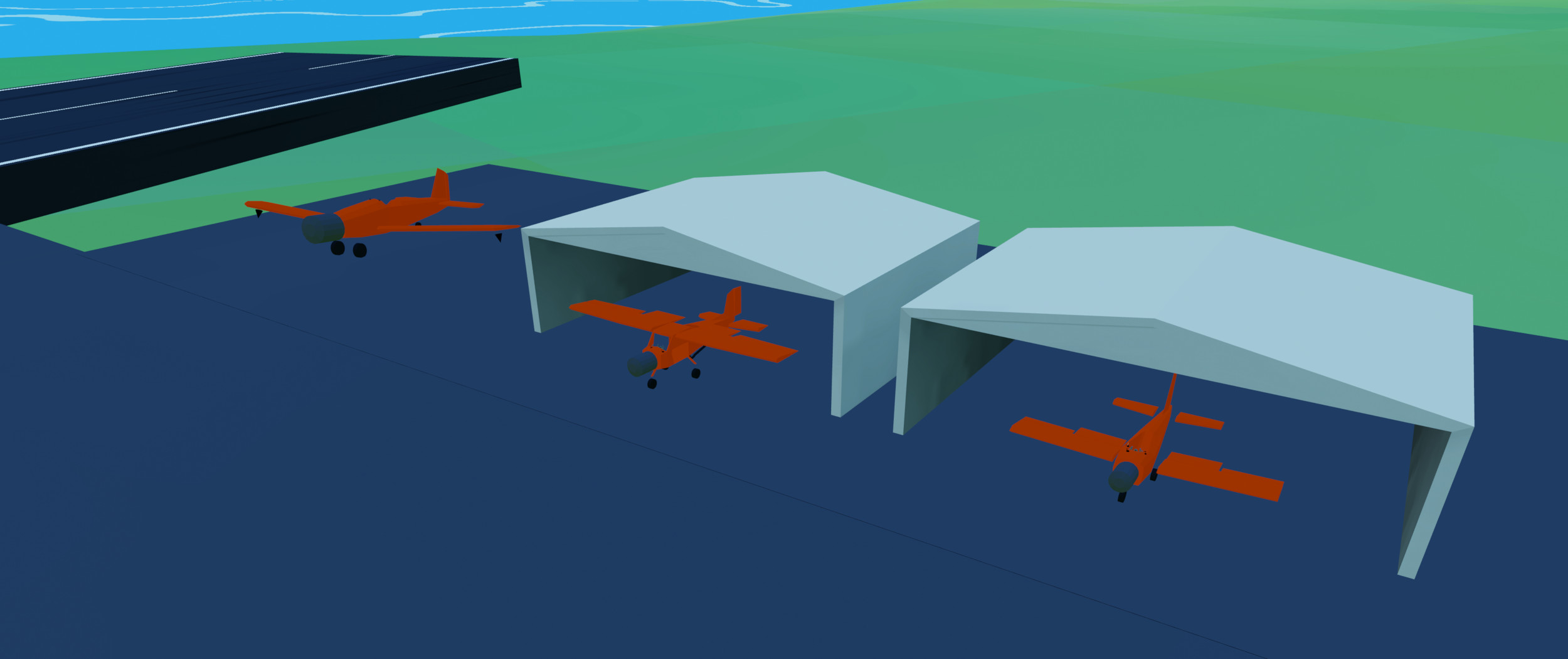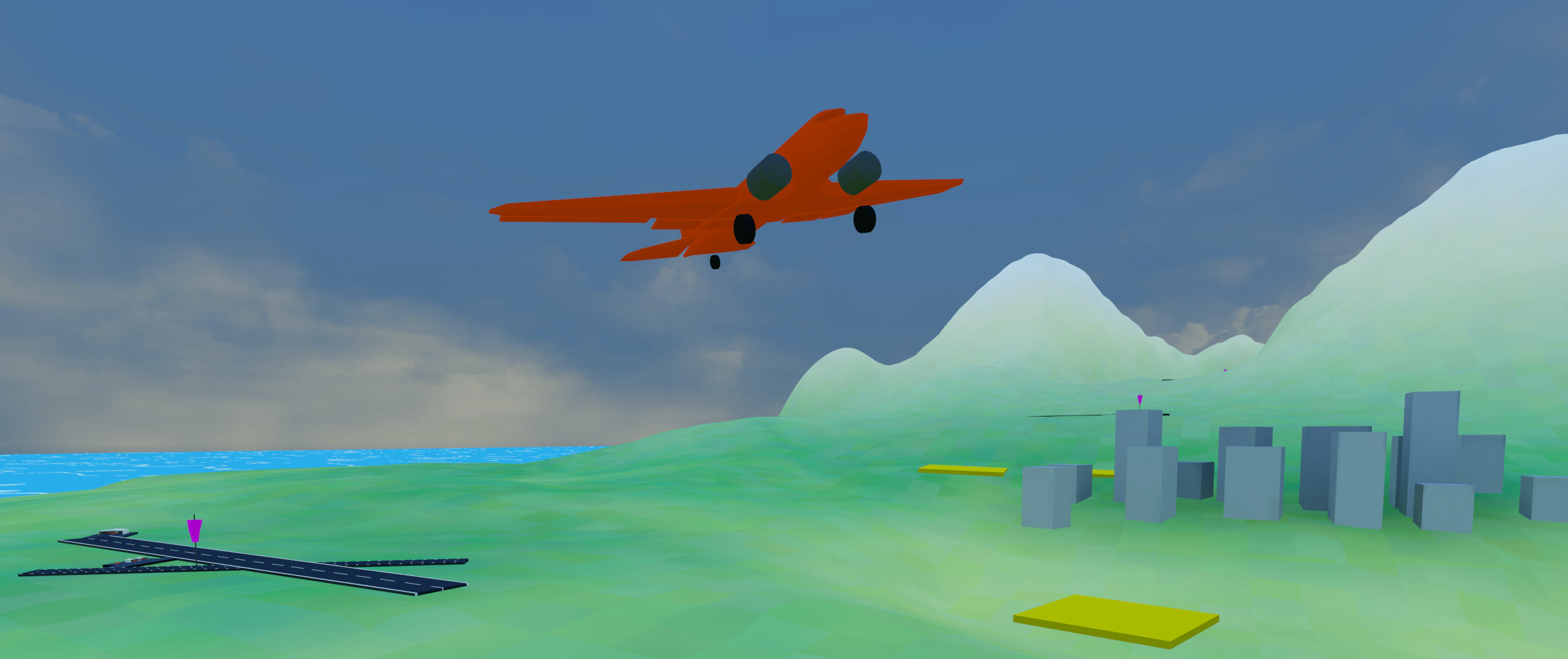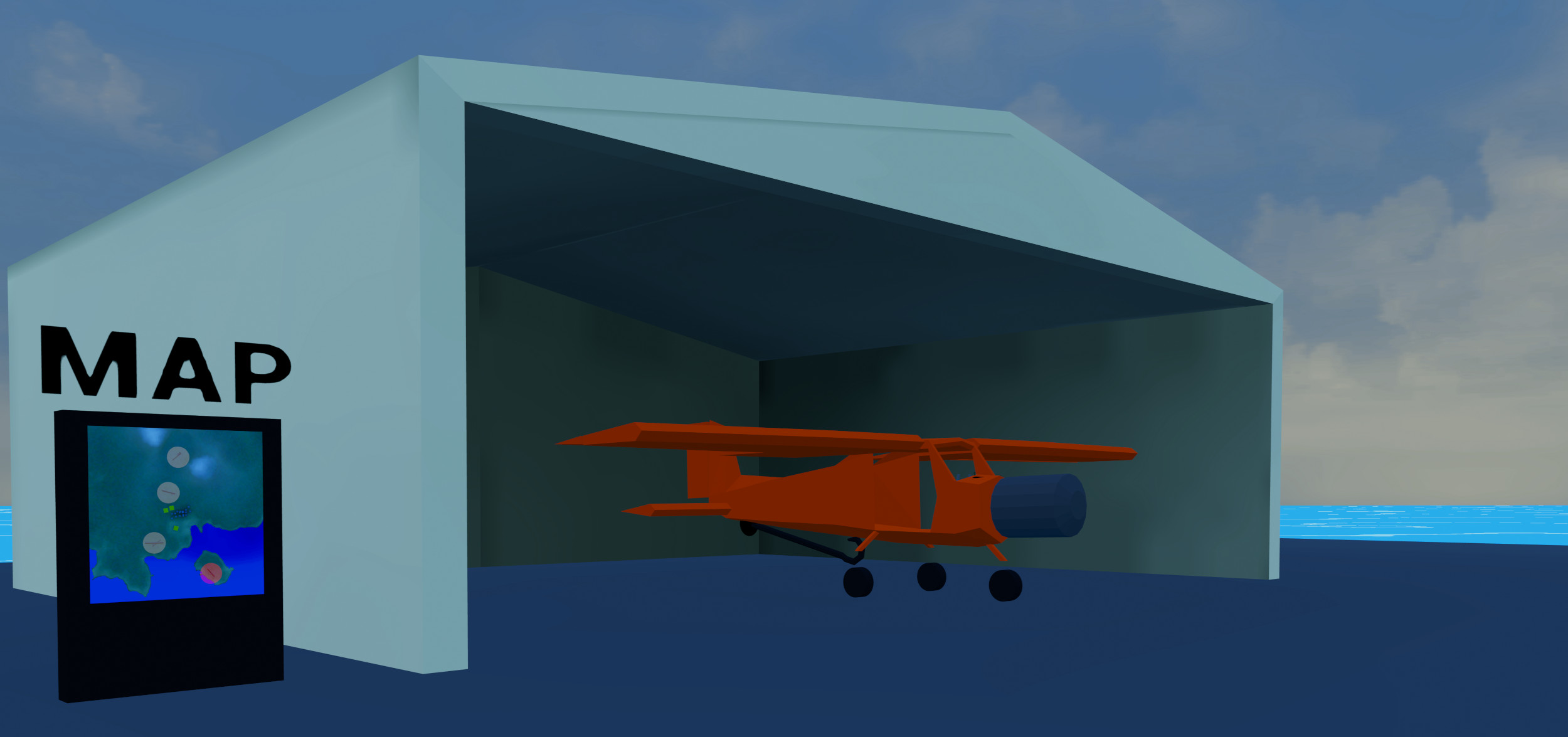Flying
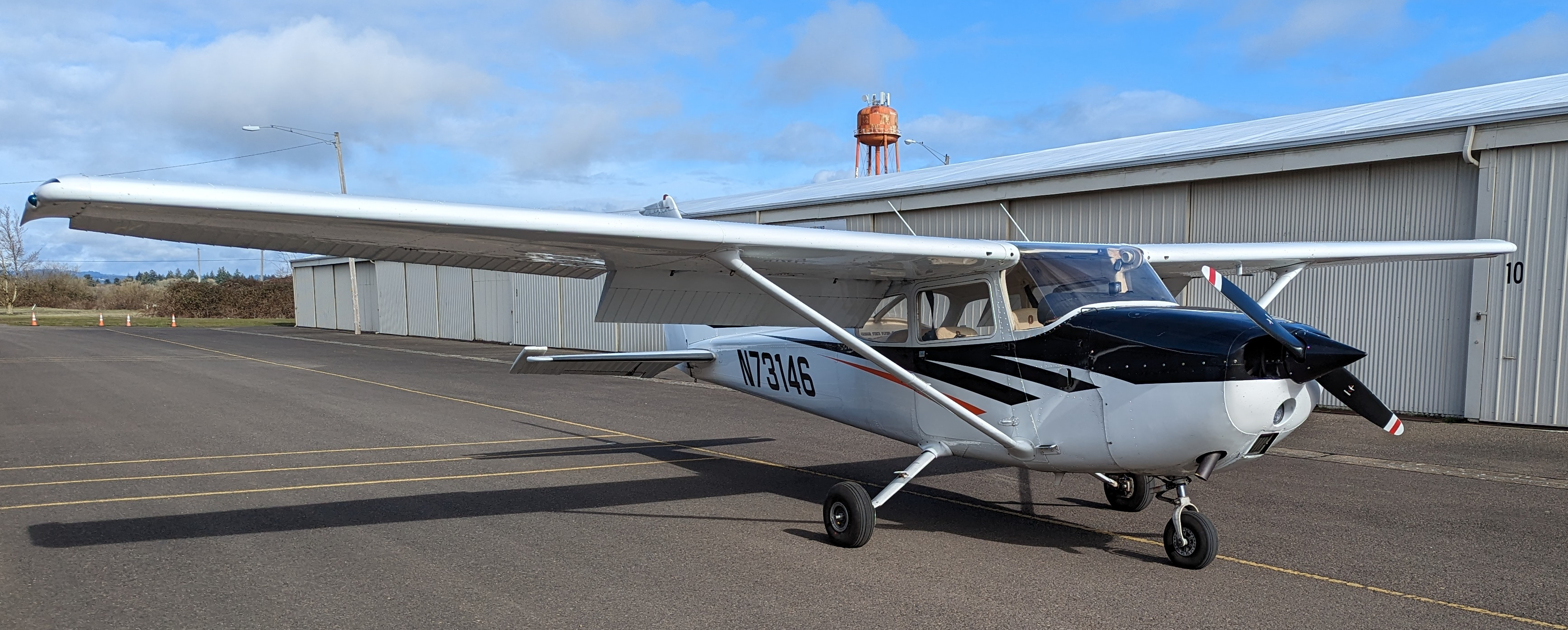
Aviation began to interest me in late 2020 after I accidentally learned some stuff that corrected fundamendal misunderstandings I held about the physics and risks of flight. Ironically I had previously worked at Garmin AT building the same avionics systems I use now, but at the time turned down all of several opportunities to ride along in a small airplane and learn more about them. After correcting that mistake, I realized the challenge of flying an airplane myself was very appealing and started flight training in August 2021. Two years and a couple lengthy breaks later, I was granted a private pilot's license in September 2023 with 95 hours of flight time.
Now that my training can be entirely self-directed I'm looking forward to keep planning and executing flights that keep me learning. I'll be keeping a log of those and any other notable flying events below.
-
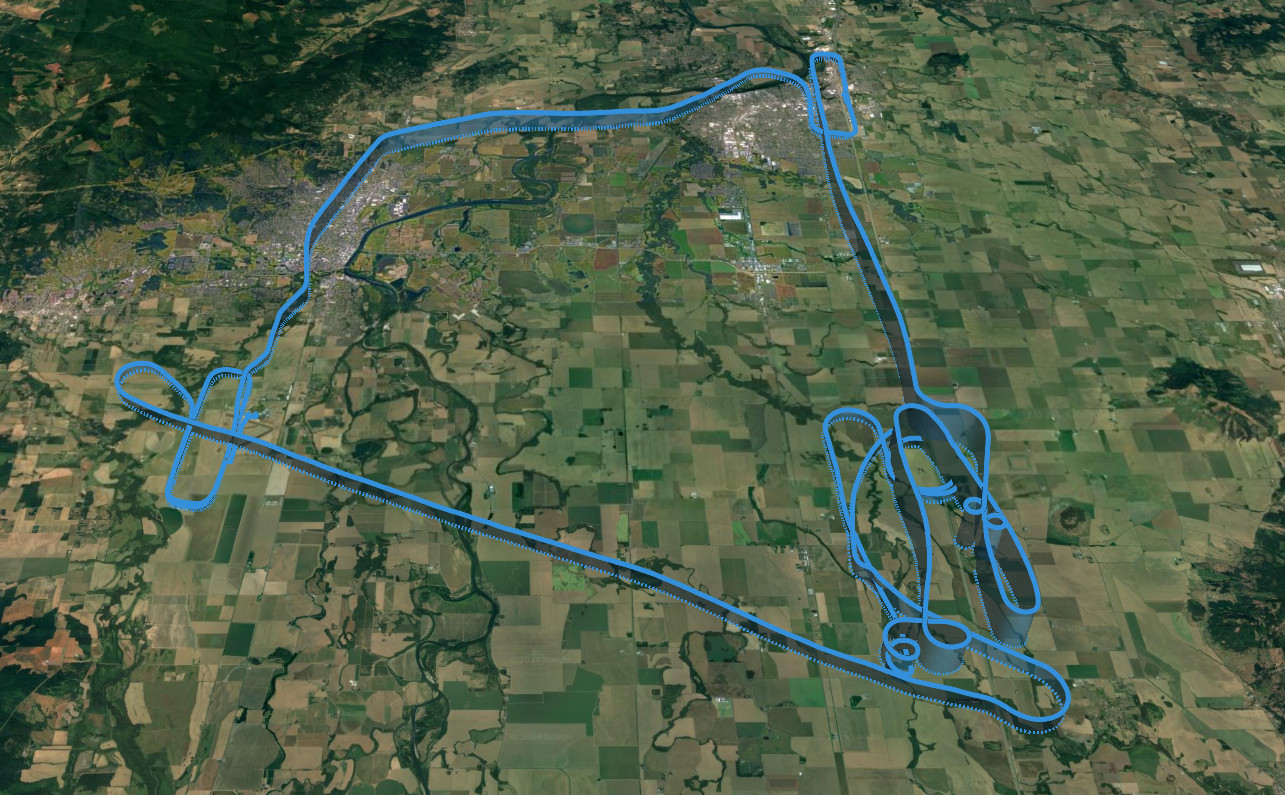
PPL Checkride
September 2023
My private pilot checkride was not without some drama, as the club airplane I always trained in became unavailable due to required maintenance a couple weeks before my checkride. As a result, while preparing for it I got to also quickly learn how to fly a new-to-me airplane for the first time on top of making sure all my flying was up to standards. Fortunately all the pre-test cramming paid off and the checkride itself went extremely smoothly.
Remarkably, as I was taking the checkride one of my CFIs happened to be present at both airports I landed at while he was working with another student. As a result he got great close up pictures and videos of some of the takeoffs and landings that officially made me a pilot, shown here.

-
VR Flight Simulator
When studying for flight training, one of the topics emphasized is how an airplane behaves in unusual circumstances such as having malfunctioning control surfaces or an out-of-bounds center of gravity. Understandably that's something that can only be learned about in theory on the ground, since practically demonstrating those situations would be dangerous. However as a result it may be difficult for student pilots to develop an intuitive feel for these situations, even when being able to quickly identify and react correctly to them could be critical.
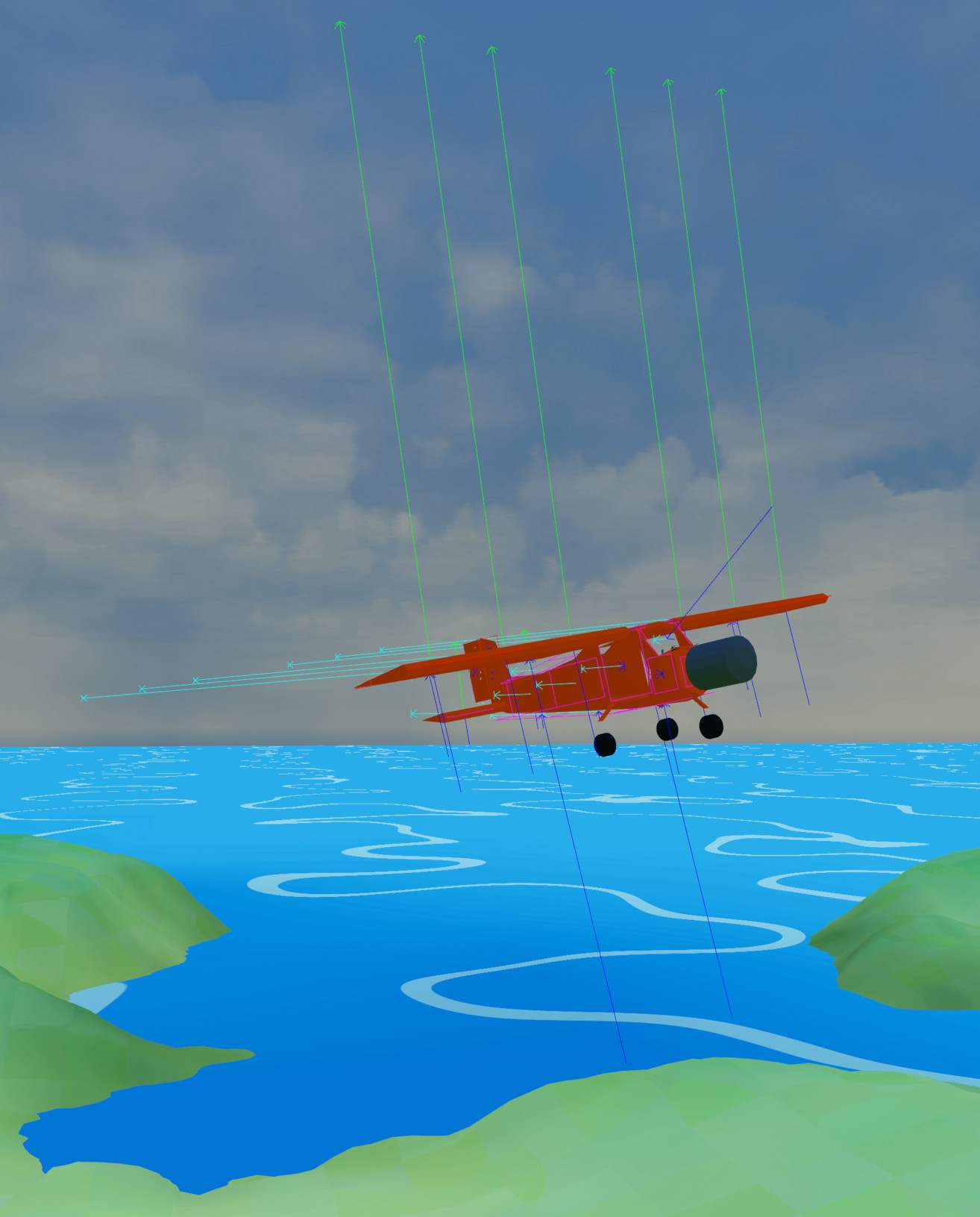
I was also learning how to use modern 3D game engines at the time, and found it was pretty easy to implement a first-order approximation of a flight model on top of their physics engine. Surprisingly, even that minimal model seemed to quickly 'feel right' and demonstrated some recognizable characteristic behaviors of an airplane. This success made me think that building such a flight model / game would be useful to supplement my flight training, so I kept developing it.
The game (tentatively called Airfoil VR) is now a Unreal Engine 5 VR game that runs natively on the Meta Quest 2. On top of the physically-based flight model, the game features four diverse airplanes to fly that are built entirely from modular parts which the player can add to or reconfigure. I also implemented mechanics for simulating activities like crop dusting and banner towing, as well as adding objectives like timed checkpoint races. After having worked on three iterations of this project over the previous year, I'm very happy with this finished result.
The process of making this flight simulator and iterating on it until it felt plausibly realistic forced me to really understand how the different parts of an airplane work together to make it fly. I believe this project has helped me build my aviation intuition, so from that perspective it was a huge success. The game itself is also pretty fun to fly around in, so I may continue to build it out until it can be publicly released in some form.
